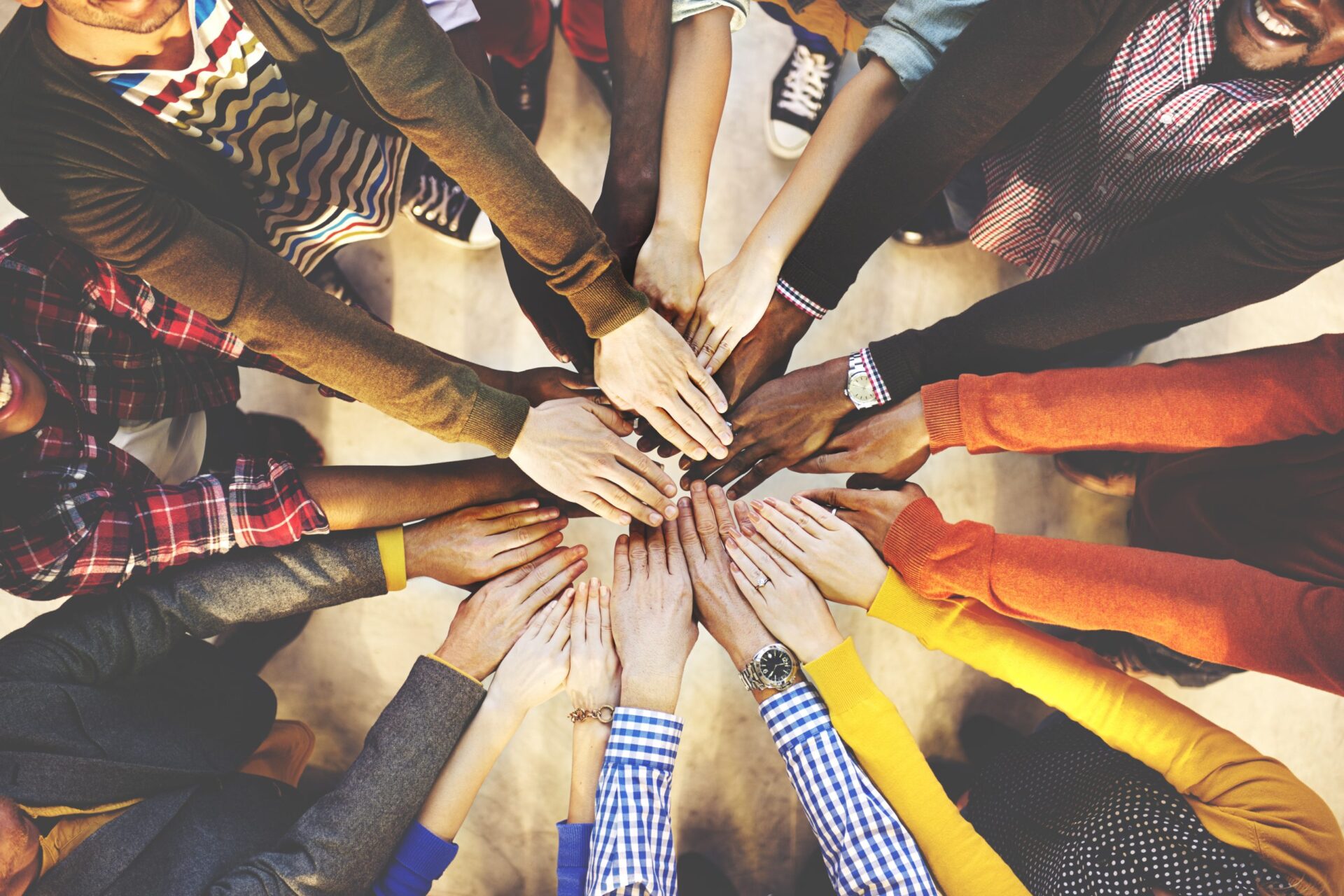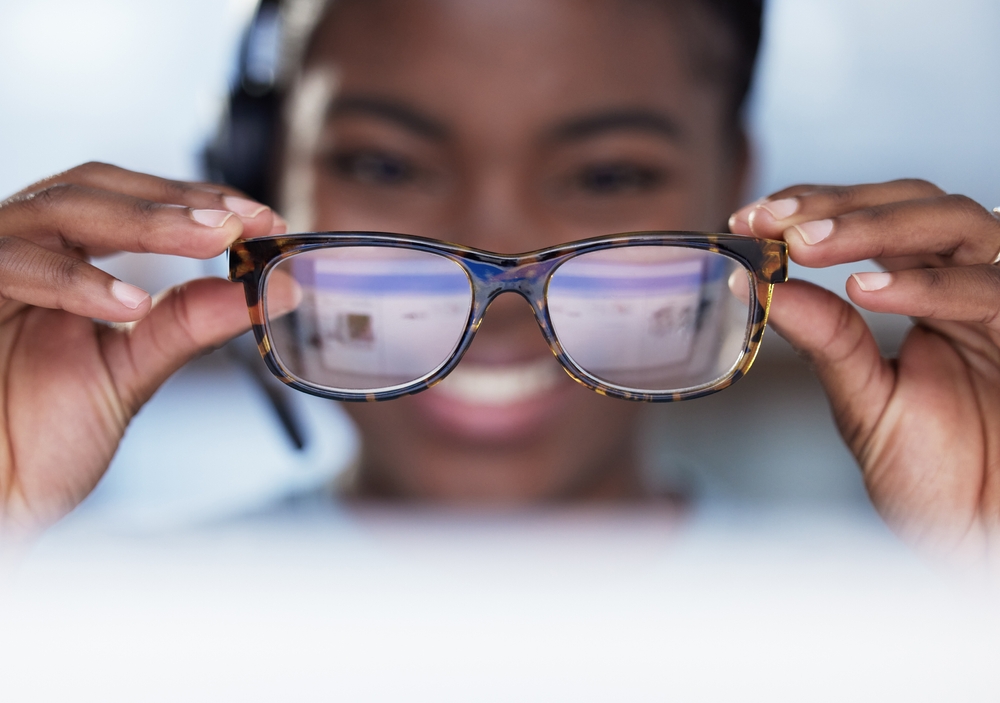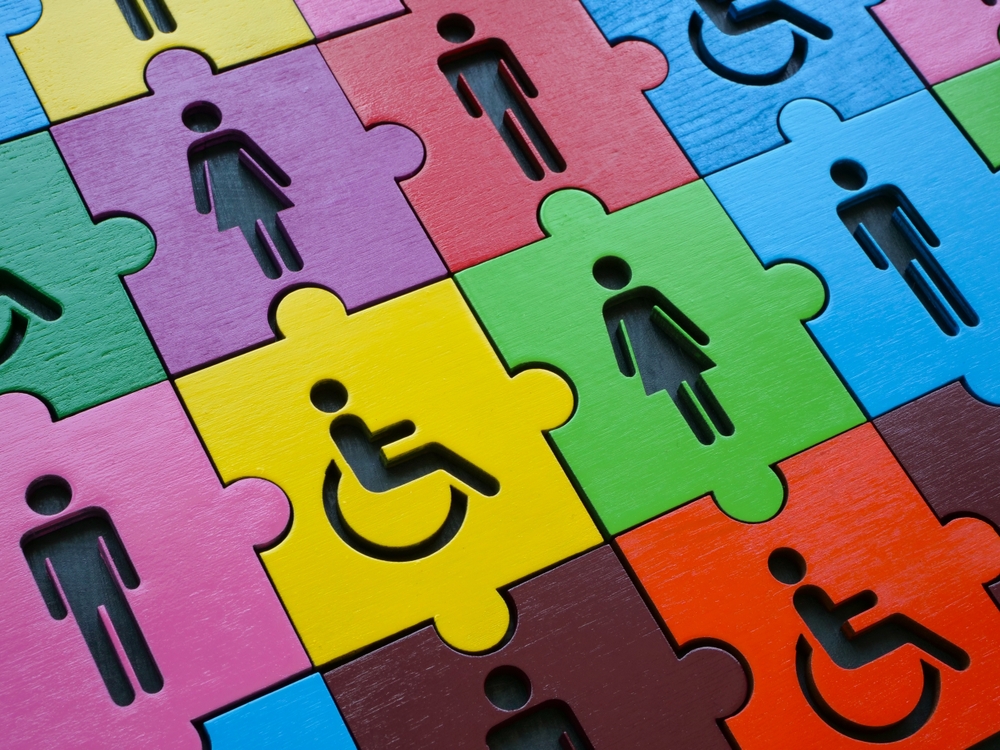Collaboration with other people is one of the everyday activities in all organisations but not all collaborations are successful. We have all experienced or heard stories about groups of highly skilled people coming together to work on a project and failed. So, what’s required to make a collaboration a successful one?

In search of an answer to this question I came across a TED talk by the famous writer/researcher/historian Yuval Noah Harari. The question he poses in the video at the beginning of his talk is ‘our human ancestors were insignificant animals, in a corner of Africa. But now, humans dominate the Earth. How did we get from there to here?’. He explains that the answer lies in human’s capability to collaborate flexibly and in a very large number. There are other animals like bees and ants that co-operate in large number, but they don’t do it so flexibly. It’s very rigid. Other mammals like wolves or chimpanzees co-operate flexibly but they can only do it in limited numbers. Because it’s based on intimate knowledge of one of the other. But what differentiates humans? Harari explains that our power of imagination enables us to collaborate flexibly and in large numbers. We are the only animals on the planet that can make fictions and stories and as long as everyone believes in the same story everybody follows the same rules, the same norms and the same values.
This was an interesting talk and inspired my search for answer to my earlier question ‘what is required to makes a collaboration a successful one?’. Here are my 5 recommendations (inspired by Harari’s talk) to improve collaboration:
- Harness the power of stories: Based on Harari’s research storytelling is the key skill that enables us to flexibly collaborate with each other. As a leader it helps you to articulate a clear vision and strategy, engage employees, generate commitment to change and establish trust. To learn more about this and how to harness the power of stories you can look at our research report ‘The leader as story teller’. In this report we explore the following questions about story telling:
- How stories differ from other forms of communication?
- Why stories can be particularly effective at conveying a message and influencing behaviour?
- How and when stories can make leaders more effective?
- What makes a good story and a good storyteller?
- Develop personal relationships: The outcome of any collaboration very much depends on the quality of the relationships between the participants. Therefore, it’s important to give team members time and make opportunities to get to know each other, build personal relationships and discover each other’s strengths and weaknesses. This requires a culture that people trust each other, feel comfortable to be open and share their stories. .
- Build trusting relationships: Working in an environment that people can trust each other will result in healthier and more productive teams. Trust is a complex, dynamic and relational phenomenon. It changes over time and in response to critical events between people. To improve collaboration within your team build trusting relationships with your team members by showing that you:
- are competent to deliver,
- act with good intent to your colleagues,
- do as you say and act authentically,
- are consistent in your behaviour and
- invest time in building relationships with your team members.
To learn more about building trusting relationship, you can read our research on ‘The Lived experience of trust’ where we explore in-depth experiences of key relationships at work and offer a simple self-diagnostic tool to help you reflect on your relationships at work and identify behaviours that raise the level of trust in those relationships.
- Engage in dialogue: Engage and encourage your team members to engage in dialogue with each other, especially when there is a disagreement. In a dialogue everyone feels and is willing to contribute rather than speaking only when expected to. You can read more about dialogue in Bohm’s book ‘On dialogue’. But here is a short paragraph from his book that nicely summarises what I mean by dialogue:
“In dialogue nobody is trying to win. Everybody wins if anybody wins. There is a different sort of spirit to it. In a dialogue, there is no attempt to gain better points, or to make your particular view prevail. Rather, whenever any mistake is discovered the part of anybody, everybody gains… A dialogue is something more of a common participation, in which we are not playing a game against each other, but with each other. In a dialogue, everybody wins.”
- Recruit the right people: Adam Grant, an organisational psychologist, describes three basic types of individuals in organisations when it comes to collaboration: “Takers” (taking without giving back), “Matchers” (quid pro quo) and “Givers” (sharing without expecting directly expecting something in return). In his study of the dynamics of success and productivity in the workplace he’s found that to build a successful collaborative team, you need a team of Matchers and Givers or as he puts it ‘weed out the takers’. You can watch his TED talk where he explains how you can do this.
And you can watch the TED talk by Harari.
To find out more about our programmes that include collaboration:
Clear Leadership: A collaborative approach to leadership. Success relies on collaborative leadership practices that move beyond command and control to a collective, distributed, shared approach to delivering results
Developing Influence and Impact is a highly experiential programme which will provide you with a range of personal effectiveness skills and techniques to strengthen your workplace relationships
Diploma in Organisational Development Practice: is highly practical and takes an in-depth look into OD. It will equip you with a core understanding of what OD is. Improve your skills and provide you with greater awareness of your self and group process. We achieve this by bringing theory to life through practice – using your real world situations and experiences as the starting point for deep learning.





